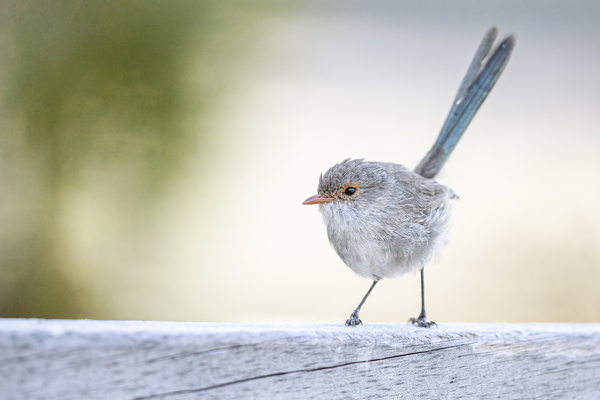February 10, 2024
4 min read
The songbirds in your backyard hop around on such itty-bitty legs. Here’s why bird legs are so skinny and how they can support a bird’s weight
Splendid Fairy-wren (Malurus splendens).
A bird in flight is poetry; a bird on the ground presents a conundrum. Watch a sparrow or other songbird bobbing and scratching around the forest floor and it’s easy to wonder: How do they support their weight on such skinny little legs?
The first reason bird legs look strangely thin is that the rest of their body is mostly covered by feathers, which can dramatically magnify its apparent size, says Julia Clarke, a paleontologist who studies bird evolution at the University of Texas at Austin. Birds’ relatively meatier thighs are tucked underneath their feathers, and most birds have scaly lower legs, Clarke says, which makes these limbs look oddly small and naked. Birds that have feathers down to their toes—such as owls and some domestic chickens—appear to have thicker shins than their bare-legged cousins.
But it’s not just a visual illusion: bird legs have some genuine differences from legs of other living animals. Birds are descended from theropod dinosaurs, a group of bipedal animals that ranged in size. Some were as small as modern sparrows, while others were huge, such as Tyrannosaurus rex. Whereas most mammals that can walk bipedally—such as bears, chimpanzees and humans—stand on their heels, dinosaurs walked on their toes and the front ball of the foot, with the remainder of their foot bones elongated and held off the ground. Living birds kept some of these features. As they took increasingly to the air, however, birds developed some divergent traits. Bird relatives such as Velociraptor had relatively short thighs above their long shins and toes, but they held those thighs more or less vertically, like ours. Travel down the bird family tree toward modern families, however, and those thighs gradually change orientation….
Read the full article here







